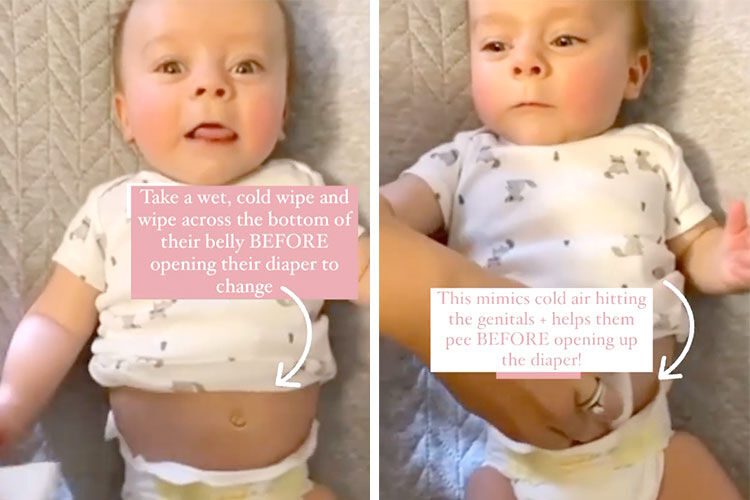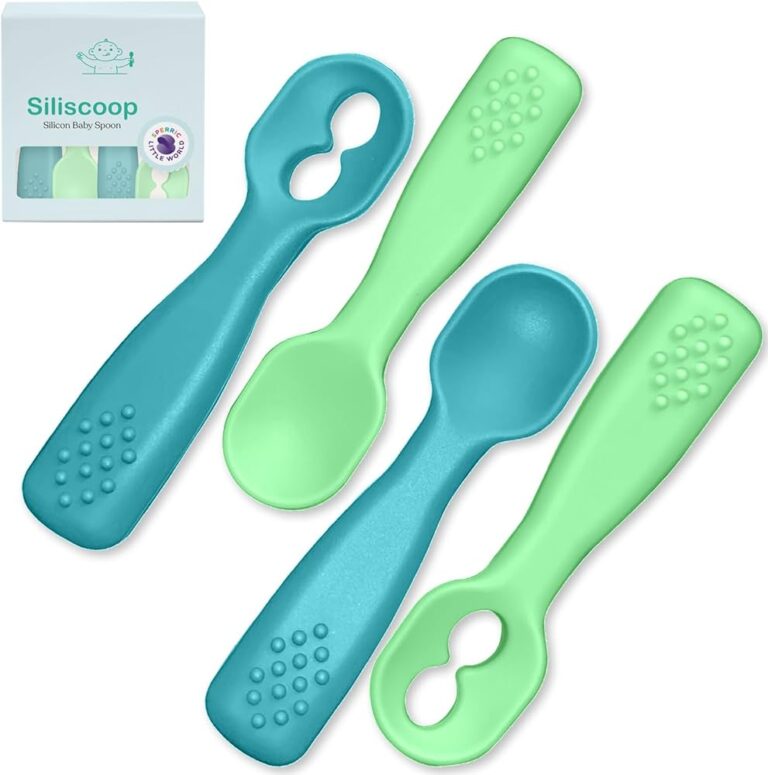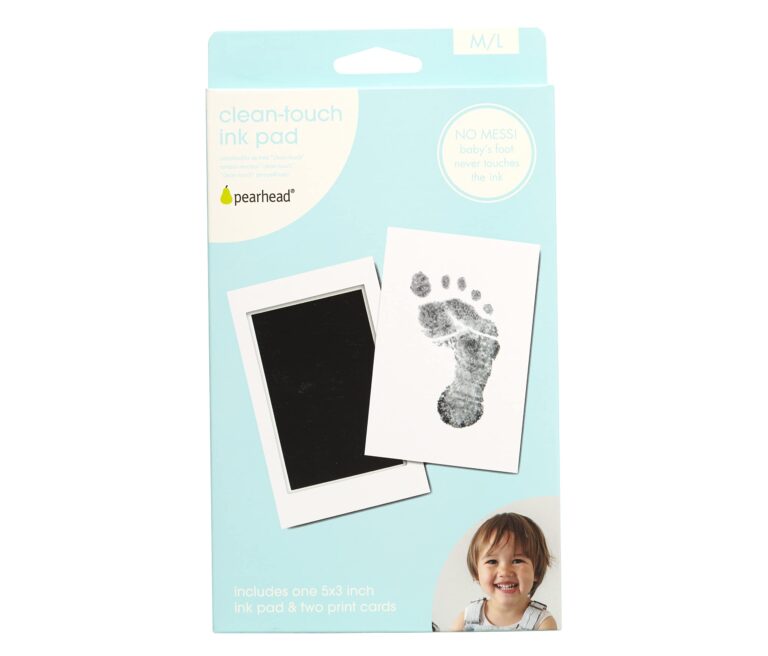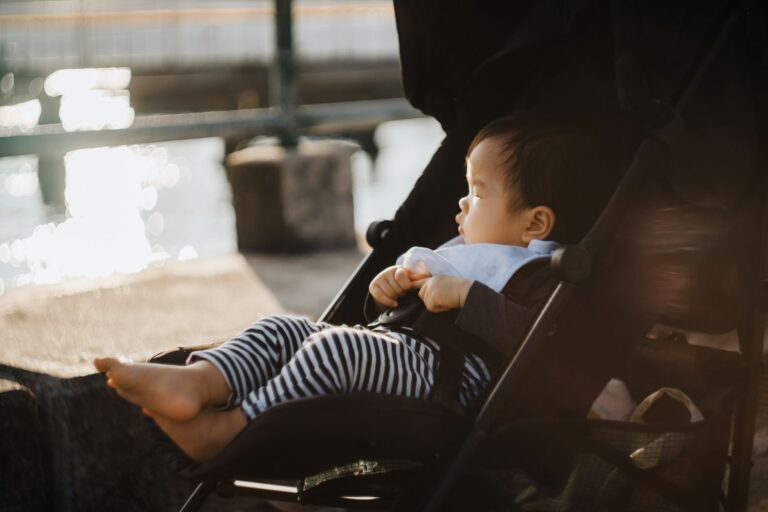How to Stop Baby Boy Peeing When Changing Nappy: Essential Tips
To stop a baby boy from peeing during a nappy change, cover their penis with a soft cloth or towel, making sure it is pointing down. This will prevent any accidents during the diaper change.
Changing a baby boy’s nappy can sometimes lead to unexpected accidents, leaving parents searching for ways to prevent their little one from peeing during the process. While it may seem like a challenge, there are simple techniques that can help keep both baby and parent dry.
This article will provide a concise and effective solution for stopping a baby boy from peeing when changing their nappy. By following the suggested method of covering the penis with a soft cloth or towel, parents can minimize the risk of any unwanted accidents and ensure a smoother diaper changing experience.
Tip 1: Be Prepared Before Changing The Diaper
Tip 1: Be Prepared Before Changing the Diaper
When it comes to changing a baby boy’s diaper, it’s essential to be prepared. Having all the necessary supplies ready beforehand can help prevent any mishaps, including pee accidents. Here are some steps you can take to ensure a smooth and hassle-free diaper changing experience:
Gather All The Necessary Supplies
Before you start changing your baby boy’s diaper, gather all the necessary supplies to have them within reach. This way, you won’t need to leave your baby unattended during the process. Some essential supplies include:
- A clean diaper
- Wipes or a damp cloth
- Powder or diaper cream (if needed)
- A changing mat or a clean towel
Having these supplies readily available will save you time and ensure a more efficient diaper change.
Have A Clean Diaper Ready
One of the crucial steps in preventing your baby boy from peeing during the diaper change is to have a clean diaper ready. Make sure to keep the new diaper unfolded and within arm’s reach. This way, you can swiftly remove the soiled diaper and replace it with a fresh one without any delay.
Additionally, placing a cloth or towel over your baby boy’s genitals can act as a shield to prevent pee from going airborne. This extra layer of protection can help minimize any accidents during diaper changes.
Remember to always handle your baby with care and ensure their comfort during the diaper change process. Being prepared and having all the necessary supplies at hand will make the task more manageable and reduce the risk of pee accidents.
Tip 2: Distract And Engage The Baby
When it comes to changing your baby boy’s nappy, it can sometimes be a challenge to prevent him from peeing during the process. However, one effective strategy is to distract and engage the baby to keep his attention away from peeing. By introducing toys or interesting objects and singing or talking to your baby, you can divert his focus and minimize the chances of an accidental mess.
Use Toys Or Interesting Objects To Distract The Baby
During diaper changes, keep your baby boy interested and engaged by using toys or interesting objects that capture his attention. You can place a colorful stuffed animal or a small toy within his reach, allowing him to explore and interact with it while you change his nappy. This will not only keep him occupied but also divert his focus away from any inclination to pee.
Sing Or Talk To The Baby To Keep Their Attention
Another effective way to prevent your baby boy from peeing during a nappy change is to sing or talk to him. Your soothing voice and engaging words will help keep his attention focused on you, making him less likely to get distracted and pee. Singing nursery rhymes or simply talking to your baby about the upcoming diaper change can work wonders in keeping him calm and engaged.
In conclusion, distracting and engaging your baby boy during nappy changes can help prevent unwanted accidents. By using toys or interesting objects and singing or talking to your baby, you can keep him entertained and minimize the chances of him peeing. Remember, a distracted and engaged baby is less likely to cause any mess, ensuring a smoother and hassle-free diaper changing experience for both you and your little one.
Tip 3: Positioning Matters
When it comes to changing a baby boy’s nappy, positioning is key to prevent any unwanted accidents. By following the right techniques, you can minimize the risk of urine escaping and make the changing process smoother for both you and your little one.
Place A Cloth, Towel, Or Nappy Insert Over The Baby’s Genitals
One effective way to prevent baby boy peeing during nappy changes is to place a cloth, towel, or nappy insert over the baby’s genitals. This extra layer acts as a shield, preventing any urine from escaping and causing mess. Simply position the cloth or towel strategically to cover the exposed area as you open the diaper.
Ensure The Penis Is Pointing Downwards To Prevent Urine From Escaping
Along with placing a cloth or towel over the baby’s genitals, it is crucial to ensure that the penis is pointing downwards. This helps direct the flow of urine into the diaper, reducing the chances of it escaping. By gently adjusting the position of the penis before securing the diaper, you can effectively prevent any accidents.
Remember, as you handle your baby boy’s nappy changes, it’s important to be gentle and swift. By following these positioning techniques, you can minimize the risks of baby boy peeing and make each nappy change a hassle-free experience. Incorporate these tips into your routine, and both you and your baby will appreciate the effort.
Tip 4: Use Quick And Efficient Techniques
When it comes to changing your baby boy’s nappy, time is of the essence. The longer the exposure, the higher the chances of an accidental pee. To prevent any messy mishaps, here are some quick and efficient techniques to keep in mind:
Swiftly Remove The Dirty Diaper
As soon as you open the dirty diaper, be prepared to remove it swiftly. Have a clean diaper ready to slide underneath your baby’s bottom, ensuring minimal time without any protection. Remember to keep the cloth or towel shield in place until the new diaper is securely fastened.
Wipe The Baby’s Bottom Efficiently To Minimize Exposure Time
While wiping your baby’s bottom, it’s important to work efficiently to minimize exposure time. Use gentle and precise movements to ensure thorough cleaning while also avoiding unnecessary delays. Have a stack of baby wipes within easy reach to avoid searching for them mid-change.
If you prefer using a cloth or towel for wiping, ensure it is clean and soft. Place it strategically to cover the exposed area as you open the diaper. This not only provides some protection but also helps catch any unexpected pee.
Remember to always wipe from front to back to prevent any potential transfer of bacteria.
In addition, make sure to check for any hidden creases or folds where pee might be hiding. A quick swipe with a wipe or gentle pat with a cloth can help ensure cleanliness.
Once the wiping process is complete, swiftly dispose of the soiled wipes or place them in a sealed bag to eliminate lingering odors and bacteria.
By using these quick and efficient techniques, you can minimize your baby boy’s exposure time during diaper changes and reduce the chances of any unexpected accidents. Remember, speed and precision are key to a clean and hassle-free nappy change!
Tip 5: Keep Baby Warm And Comfortable
To prevent baby boy from peeing when changing his nappy, it’s important to keep him warm and comfortable. You can achieve this by placing a towel, clean nappy, cloth nappy insert, or baby wipe over his genitals during the diaper change.
This will help prevent any accidental leaks.
Use A Warm Wipe Or Cloth To Clean The Baby
When changing your baby boy’s nappy, it’s essential to keep him warm and comfortable to minimize any potential accidents. One effective way to achieve this is by using a warm wipe or cloth to clean him. By using a warm wipe or cloth, you not only ensure that your baby remains cozy during the diaper change, but it also helps to relax his muscles and reduce the likelihood of him peeing unexpectedly.
Ensure The Diaper Is Snug, But Not Too Tight
Another crucial aspect of keeping your baby boy comfortable is to ensure that the diaper is snug, but not too tight. A properly fitted diaper provides security and prevents leaks, reducing the chances of your baby peeing when you’re changing his nappy. To achieve the right fit, make sure the diaper is snug around the waist and leg openings. However, be cautious not to fasten it too tight, as this can cause discomfort for your baby.
Keep Your Baby Warm During The Diaper Change
In addition to using a warm wipe or cloth, keeping your baby warm during the diaper change can significantly prevent accidents. Babies are more likely to pee when they feel cold or uncomfortable, so it’s essential to maintain a warm environment. Before starting the diaper change, ensure the room temperature is comfortable, and if needed, you can use a space heater or a warm towel in a safe distance from your baby to provide extra warmth.
Engage Your Baby During The Diaper Change
Distraction is a powerful tool when it comes to preventing your baby from peeing during nappy changes. Engaging your baby with a toy, singing a song, or simply talking to him can help keep his attention away from the potential urge to pee. By diverting his focus, you create a more relaxed and enjoyable diaper-changing experience for both you and your baby.
Give Your Baby Some Diaper-free Time
Allowing your baby some diaper-free time can also be beneficial in preventing him from peeing while changing his nappy. Lay down a waterproof mat or towel, and let your baby have some playtime without a diaper, allowing his skin to breathe. This break from the diaper can help relieve any discomfort and decrease the likelihood of your baby peeing when you put on a fresh diaper.
Conclusion
By following these tips and keeping your baby boy warm and comfortable during diaper changes, you can minimize the risk of accidents. Remember to use warm wipes or cloths, ensure a properly fitted diaper, maintain a warm environment, engage your baby, and provide some diaper-free time. With these strategies in place, you can make diaper changes a more pleasant experience for both you and your little one.
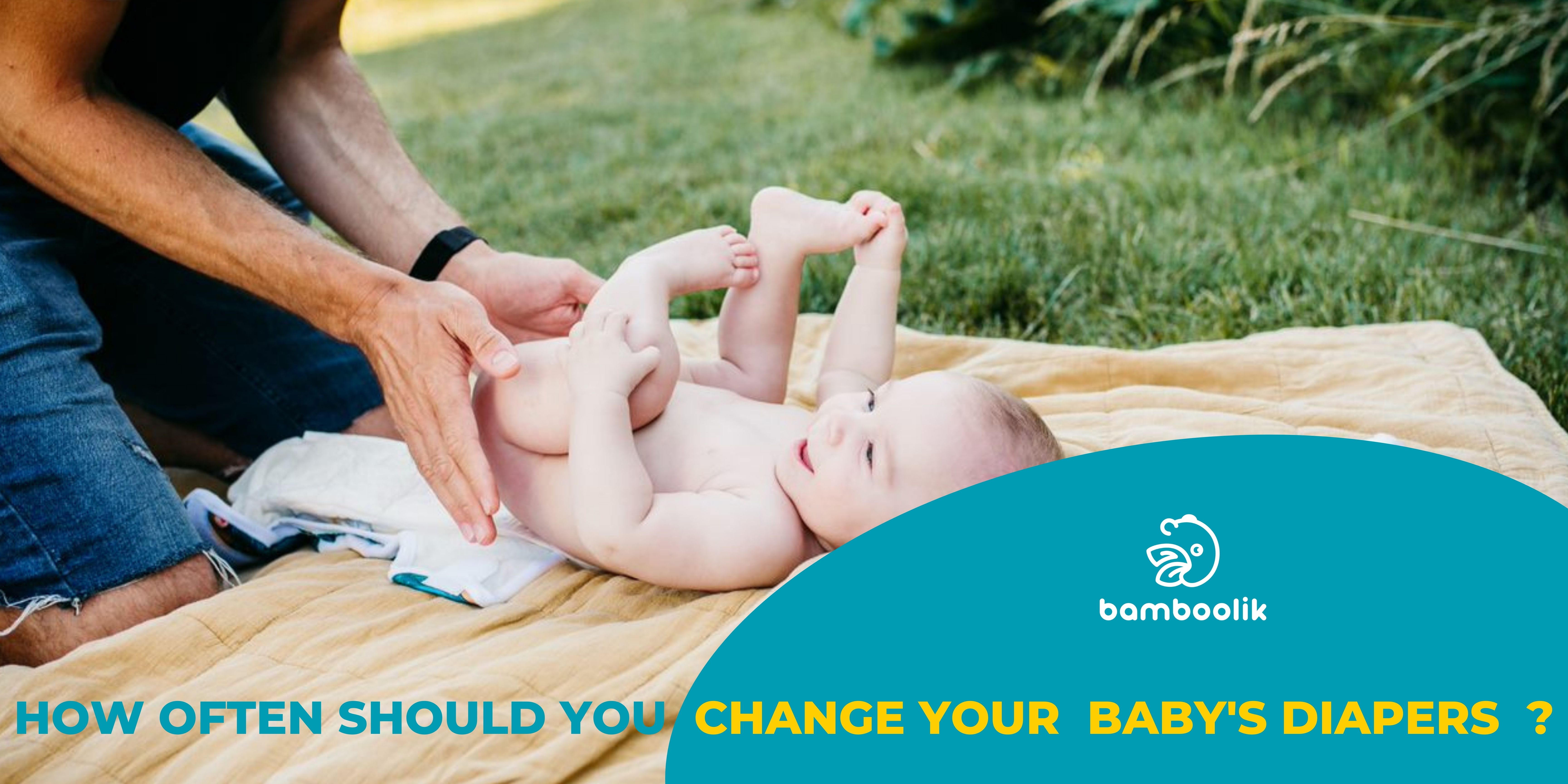
Credit: www.bamboolik.eu
Frequently Asked Questions For How To Stop Baby Boy Peeing When Changing Nappy
How Do I Stop My Baby Boy From Peeing When I Change Diaper?
To stop your baby boy from peeing when changing his diaper, cover his penis with a towel, clean nappy, cloth nappy insert, or baby wipe. This will help prevent any accidents during the changing process. Additionally, make sure his penis is pointing downward to avoid any leaks.
How Do You Cover A Baby Boy When Changing Diapers?
To cover a baby boy when changing diapers, place a soft cloth, like a diaper insert or burp cloth, over the penis. Make sure the penis is pointing down to avoid getting peed on. This will help prevent any accidents during diaper changes.
How Do You Change A Wet Diaper On A Boy?
To change a wet diaper on a boy, gently lift his legs and bottom to remove the dirty diaper and wipes. Make sure to wipe any missed spots. Place a clean diaper under his bottom and dispose of the dirty diaper and wipes.
Do Boy Babies Pee More?
Boys do not pee more during diaper changes. Boys may surprise you more because urine tends to go up and away. To prevent pee from going airborne, you can cover their penis with a small cloth or towel during diaper changes.
Make sure the penis is pointing down.
Conclusion
To prevent baby boys from peeing during diaper changes, there are simple techniques and tools you can use. One option is using a pee-pee teepee or placing a towel, clean nappy, cloth nappy insert, or baby wipe over their genitals.
By covering the penis and ensuring it’s pointing downwards, you can avoid any unexpected mishaps. Remember to change the diaper swiftly but gently to minimize the baby’s exposure without protection. With these strategies, you’ll be able to make diaper changes a breeze for both you and your baby boy.
